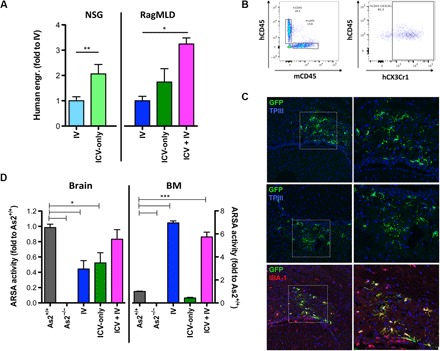Fig. 6. Intracerebroventricular delivery of HSPCs has therapeutic relevance.

(A) Frequency of human CD45+CD11b+ cells retrieved from the brain of NSG and Rag−/−γ−chain−/−As2−/− (RagMLD) mice transplanted intravenously or intracerebroventricularly with umbilical cord blood (CB)–derived CD34+ cells after BU treatment or sublethal irradiation (Rag−/−γ−chain−/−As2−/−), 12 (NSG) and 5 (Rag−/−γ-chain−/−As2−/−) weeks after transplant. Values are expressed as fold to intravenous transplantation, with intravenous transplantation equal to 3 ± 1.3 in NSG mice, and to 2.9 ± 0.7 in RagMLD. n ≥ 5 mice per group; average and SD are shown. P < 0.001 by Student’s t test in NSG mice; P < 0.05 by one-way ANOVA with Bonferroni post hoc test in RagMLD mice. (B) Representative box plots showing human cell engraftment (human CD45) in the brain of NSG mice that received human CD34+ HSPCs, and expression of the human CX3CR1 marker in the human cells identified in the transplanted mice brains. (C) Immunofluorescence analysis for GFP (green) and IBA-1 (red) on brain sections from NSG mice at 90 days after intracerebroventricular transplantation of GFP-transduced CD34+ cells. In blue, nuclei stained by TPIII. Magnifications (20× and 40×) of the relative dashed box are shown. M, merge. (D) ARSA activity (expressed as fold to the value measured in Rag−/−γ−chain−/−As2+/+ wild-type mice tissues) measured in the brain and BM of Rag−/−γ−chain−/−As2−/− mice transplanted with ARSA-transduced cells intracerebroventricularly or intravenously, as indicated. n = 3 mice per group; average and SD are shown. *P < 0.05, **P < 0.01, and ***P < 0.001 by one-way ANOVA with Bonferroni post hoc test.
